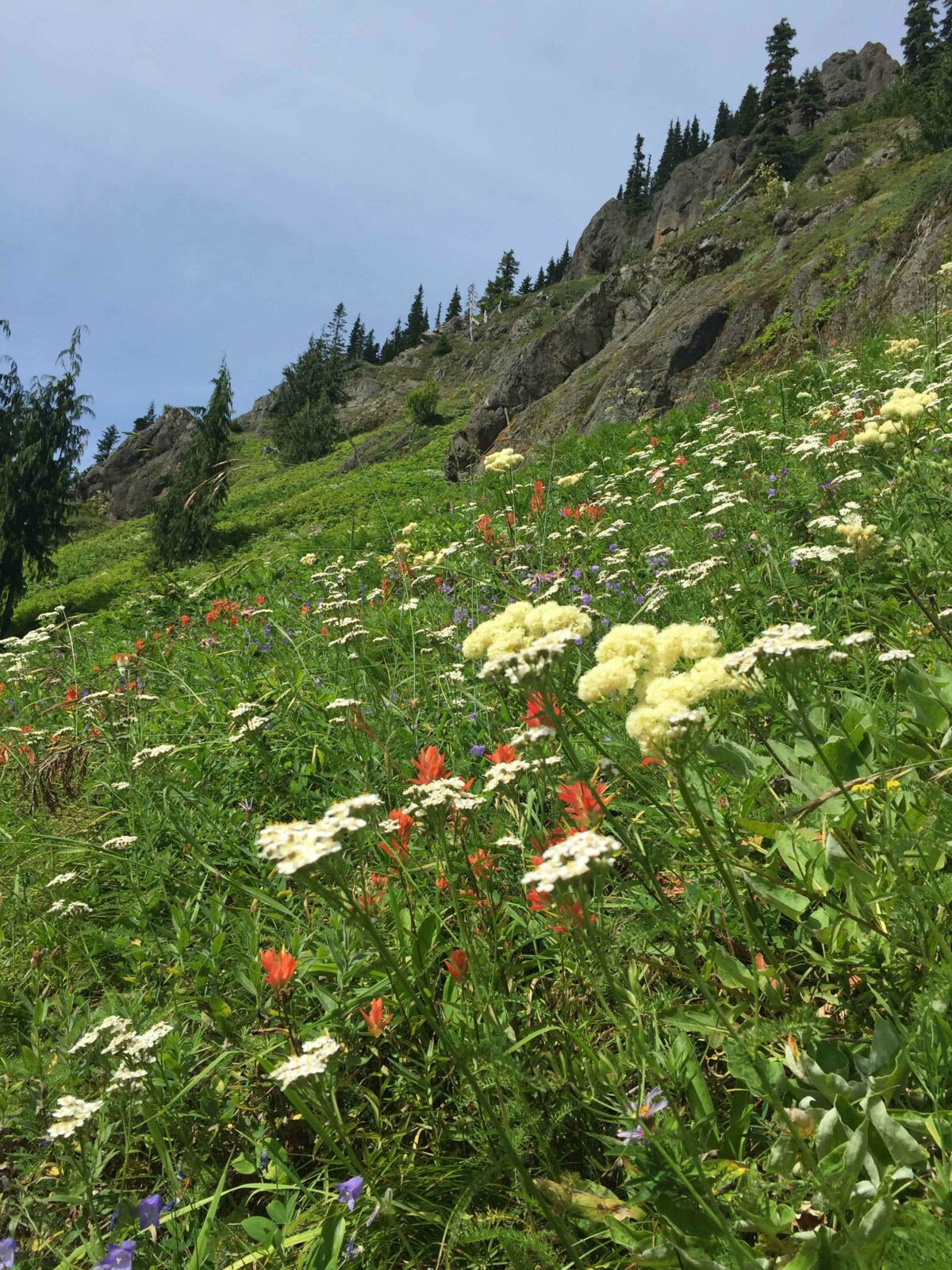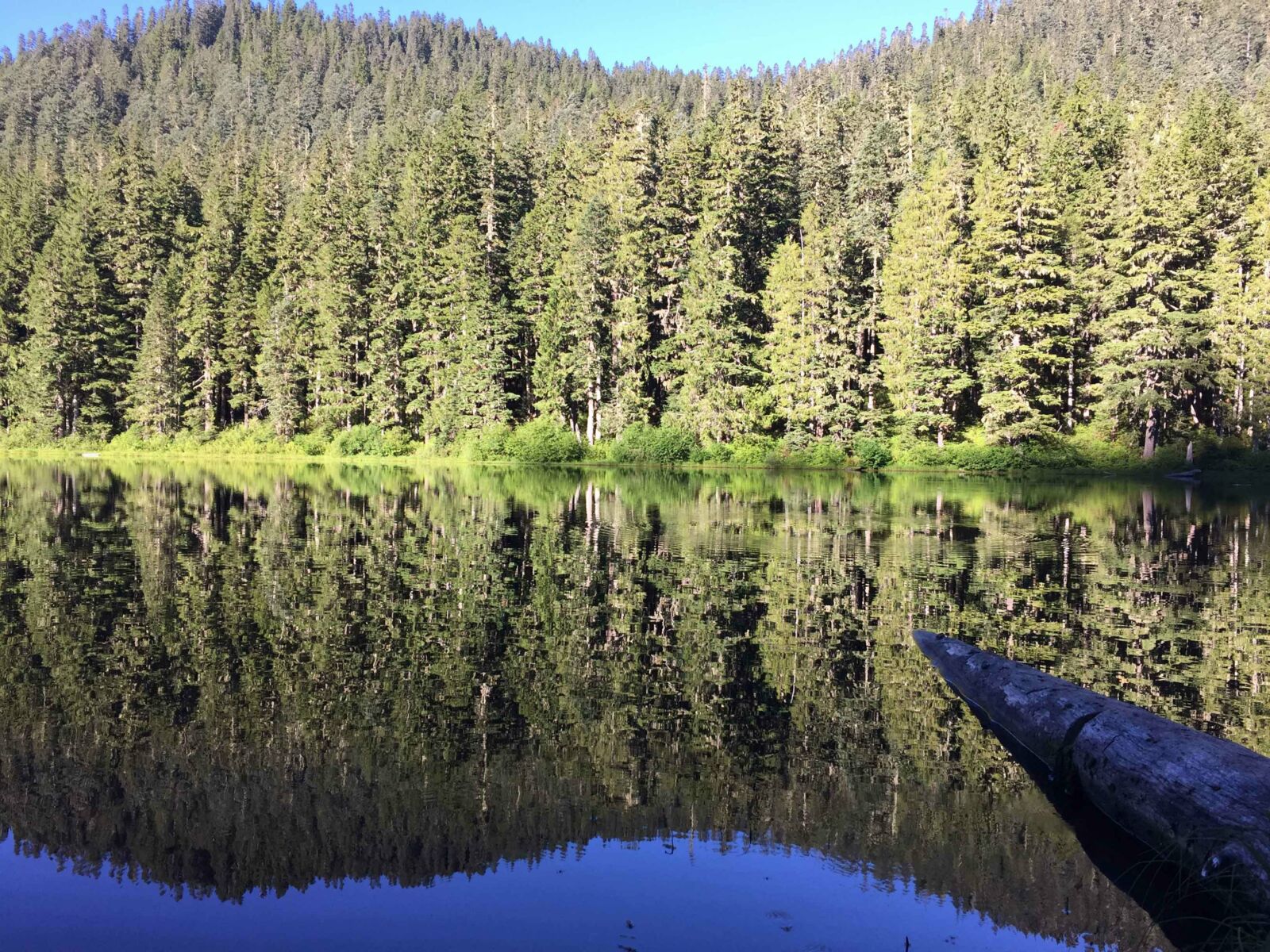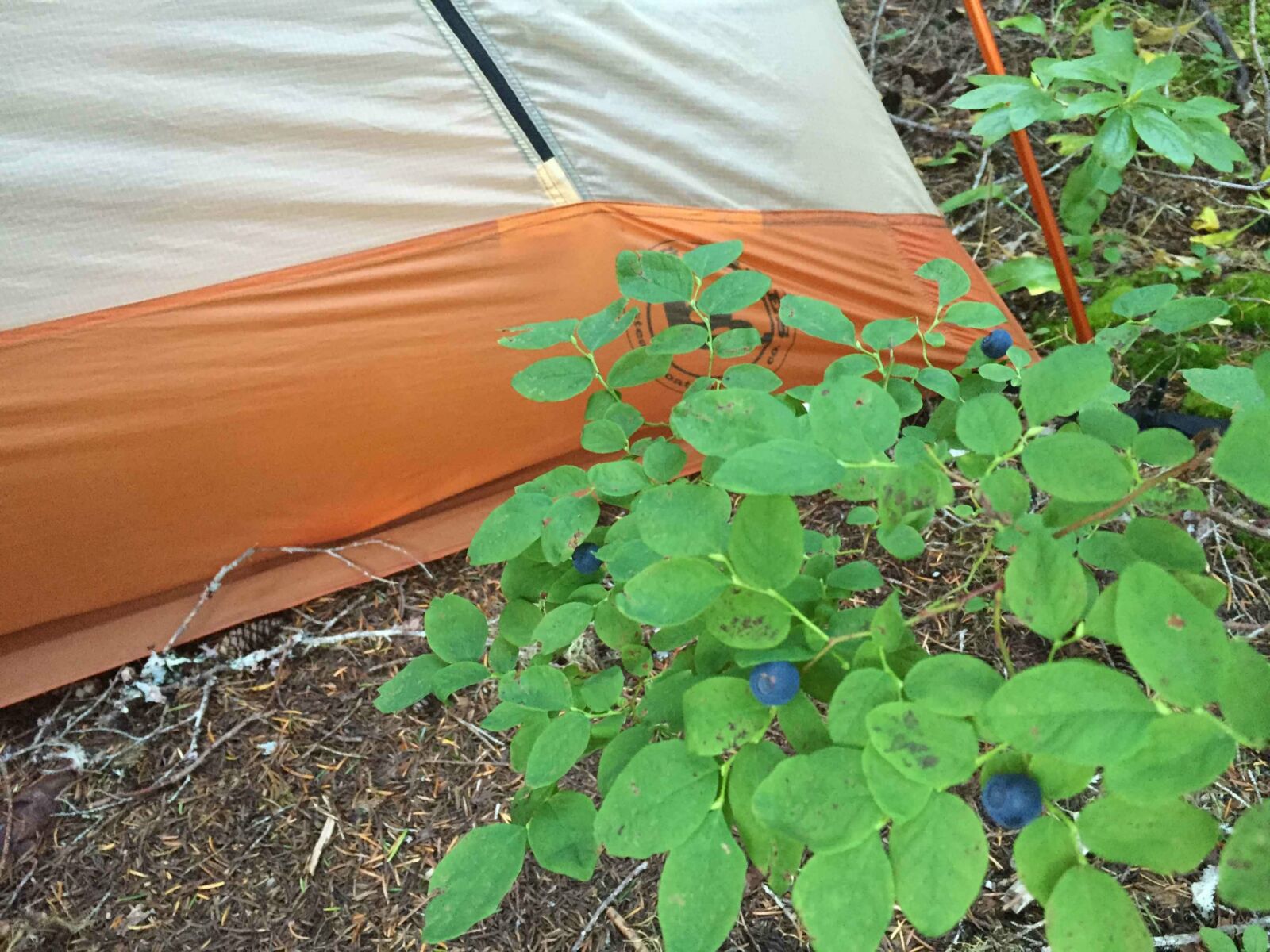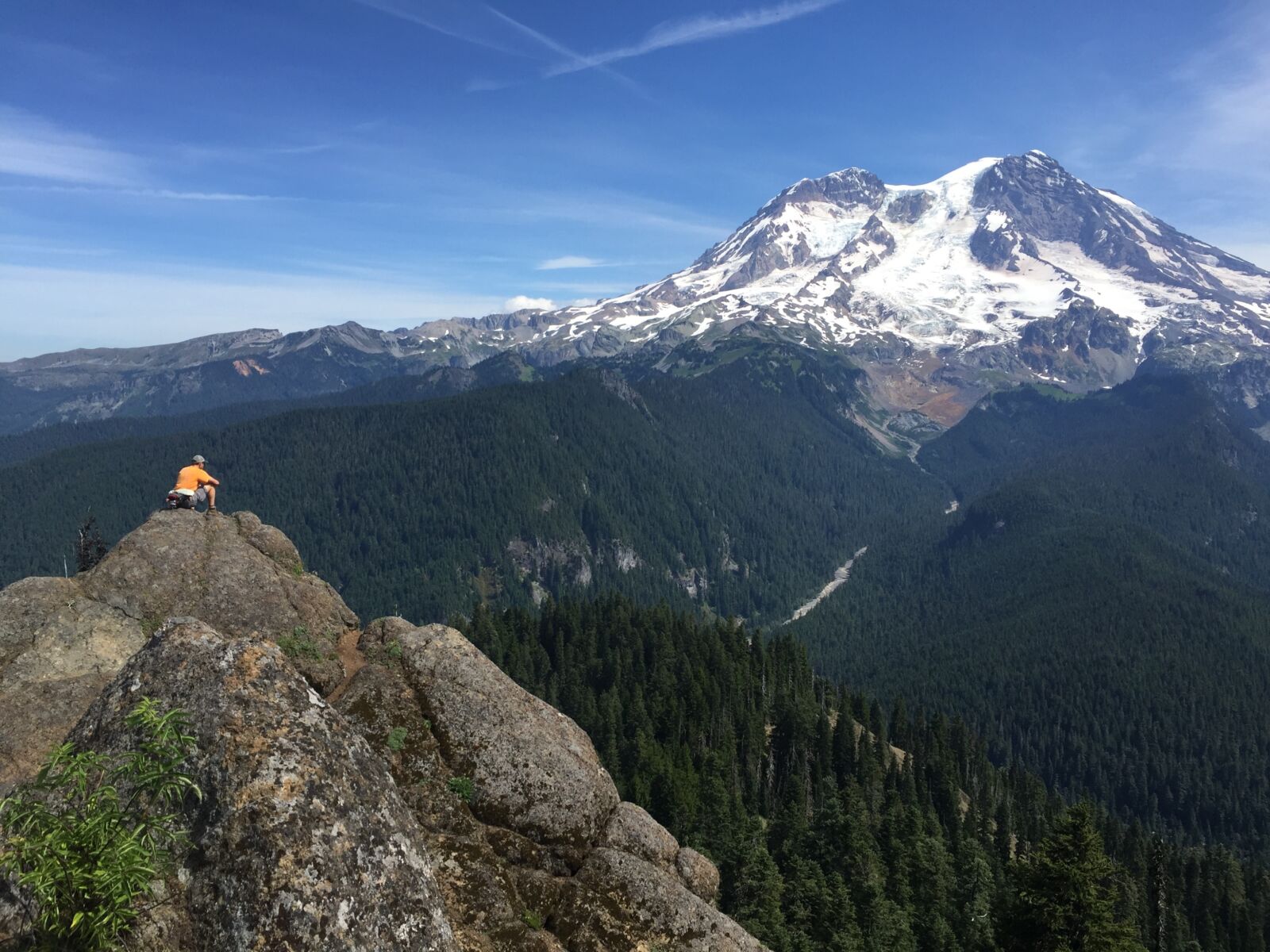In August the weather in the Pacific Northwest provides a great opportunity to load up the backpack and explore the region’s unique mountains, forests, lakes and rivers. It rarely rains and one can escape the heat by heading up the numerous mountains. Recently, a good friend of mine and I decided to explore Mount Rainier National Park, known for its namesake 14,416 foot volcano and amazing surrounding beauty. It was also a place I had not been to before.
As I looked for hiking trails and backcounty campsites on the National Park website, it explained that visitor use was very high and even in the backcountry, permits for camping were being snatched up and the park was almost always at capacity. That may make it challenging for us to be able to get the route and campsites we desired.
And then I read it on the website, “Be aware that the wait time for entering the park may be over one hour.”
From my house in Portland and my friend’s in Seattle, we’d already have to fight traffic to get out of the city and then wait over an hour just to enter the park. I was having second thoughts but really needed some time immersed in nature.
It may not be common knowledge but many National Parks were created within National Forests. Both Yosemite and Yellowstone National Parks are located within National Forests. Mount Rainier National Park is located in the Gifford Pinchot and Mount Baker-Snoqualmie National Forests. Before the Park was created the area was known as the Mount Rainier Forest Reserve. The Gifford Pinchot National Forest was renamed after the first Chief of the U.S. Forest Service in 1949. Along with encompassing Mount Rainier, the Gifford Pinchot also includes two other volcanoes, Mount St. Helens and Mount Adams. This National Forest is a wonder of volcanoes, temperate rainforests, alpine meadows and wildflowers.
While Mount Rainier National Park is beautiful, my friend and I decided to explore the Gifford Pinchot National Forest outside of the Park. As we drove down the road in the direction of the Park we saw a flashing highway sign noting that the wait into the park would be over an hour. Happily we turned off before the Park and drove to our trailhead.


After a short three mile hike in, we found ourselves the only people camping at a lake surrounded by old growth Douglas-fir and western hemlock trees. The silence at the lake was amazing and was only broken by a Great Horned owl hooting during the night as we slept.
In the morning the loud knocking of a pileated woodpecker echoed through the forest and woke us up. After quietly drinking coffee and eating breakfast by the lake we geared up for a day-long hike exploring the area. As we hiked we passed slopes of wildflowers including Indian Paintbrush, Cascade aster, Beargrass and Tiger Lily. We also walked through ripe blueberry and huckleberry bushes which slowed our progress as we filled our stomachs and stained our hands.


We climbed in elevation and reached a peak where we were rewarded by amazing views of Mount St. Helens, the Olympic Mountains to the northwest and in its large presence, Mount Rainier. We lingered on the peak enjoying the view that we earned with exertion. While not in the National Park, we still enjoyed the view of Mount Rainier from a distance and identified the glaciers and the rivers they feed as they work their way down the mountain’s slopes.

After our decent (and more berry eating) we enjoyed a cool swim in the lake as dragonflies flitted around us and the sun made its way across the sky. Could it get any better? In my estimation, it is doubtful. Like our National Parks, our National Forests are national treasures, but they may not draw the same crowds of people seeking a connection to nature. And that may not be a bad thing.

